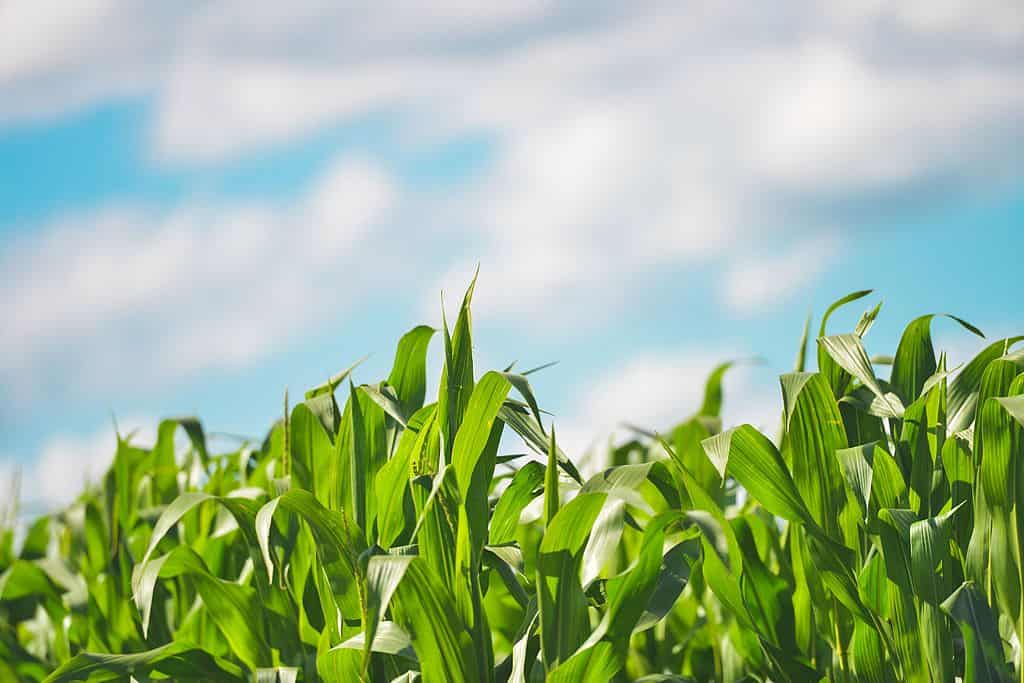Our food system is a gargantuan mammoth. It’s a global network that grows, distributes, consumes, and disposes of resources for food production. The system ensures that you can have seasonal fruits and vegetables all year round, and that you can get a wide variety of options from all around the world.
It’s not surprising that agriculture generates about a quarter of the world’s total greenhouse emissions. That figure is even set to increase as the world’s population increases and the developing world diversifies its consumption. In terms of greenhouse gas emissions, this sounds like a big problem.
But it doesn’t have to be that way. In fact, according to a new study, agriculture could become not carbon neutral, but carbon negative in a couple of decades.

Researchers at Cornell University and Princeton University found the food system could generate net negative emissions, reducing more than it adds. Changes in agricultural technology and management would result in an annual removal of 13 billion tons of CO2 by 2050. The world now emits about 50 billion tons of CO-equivalent every year.
“Our study recognizes the food system as one of the most powerful weapons in the battle against global climate change,” Benjamin Houlton, study author and researcher at Cornell, said in a news release. “We need to move beyond silver-bullet thinking and rapidly test, verify and scale local solutions by leveraging market-based incentives.”
Changing the food system
Previous studies have found that changing diets around the world would significantly reduce emissions in the food system sector. If the entire population adopted a flexitarian diet (less meat) by 2050, emissions would be reduced by 8.2 billion metric tons. While this is a lot, it’s not sufficient for the sector to achieve net negative emissions.
So while eating less meat is definitely a good idea, researchers looked at something else.
Houlton and his team decided to look beyond diets and also consider the potential of agricultural technologies for reducing emissions. They looked at a dozen technologies that could reduce agricultural greenhouse gas emissions. They found that the most effective ones are soil modification to crops, agroforestry, sustainable seafood harvesting practices, and hydrogen-powered fertilizer production. In other words, there are a lot of things that farmers can do to improve the sustainability of their crops.
“Feed-additives, manure digesters, agroforestry, and soil amendments can all be implemented without the need for major changes to global infrastructure or supply chains,” the researchers wrote in their paper in the journal PLOS Climate. “Many of the technologies we examine offer local economic and environmental co-benefits.”
Solutions for agriculture
The scientists highlighted a few specific solutions that can be deployed.
For example, silicate rock dust can be added to crop soils every five years to accelerate the formation of carbonates, which then absorb carbon dioxide, the researchers said. This can sequester several billion metric tons of CO2 per year. Planting trees on unused farmland and farming seaweed at the ocean surface also has much potential, they said
With cattle, supplementing livestock feed with additives could reduce methane emissions by 1.7 billion metric tons. Ruminant animals, such as cows, produce methane as part of their normal digestive processes. Meanwhile, with croplands, applying biochar can reduce nitrous oxide emissions by 2.3 billion metric tons per year.
Across regions, the researchers estimated the largest potential in countries with large populations and a large amount of land used for agricultural production, such as Brazil, China, the US, India and Indonesia. They suggested governments to adopt a mix of options that consider human health, economic livelihood, and the environment.
“If people choose to switch to healthier diets, as suggested by EAT-Lancet—and if they can afford it—great,” Houlton said. “But to get the world to net negative greenhouse gas emission—a global imperative to avoid the most dangerous climate impacts—we need to rely heavily on agricultural technology and management techniques.”









